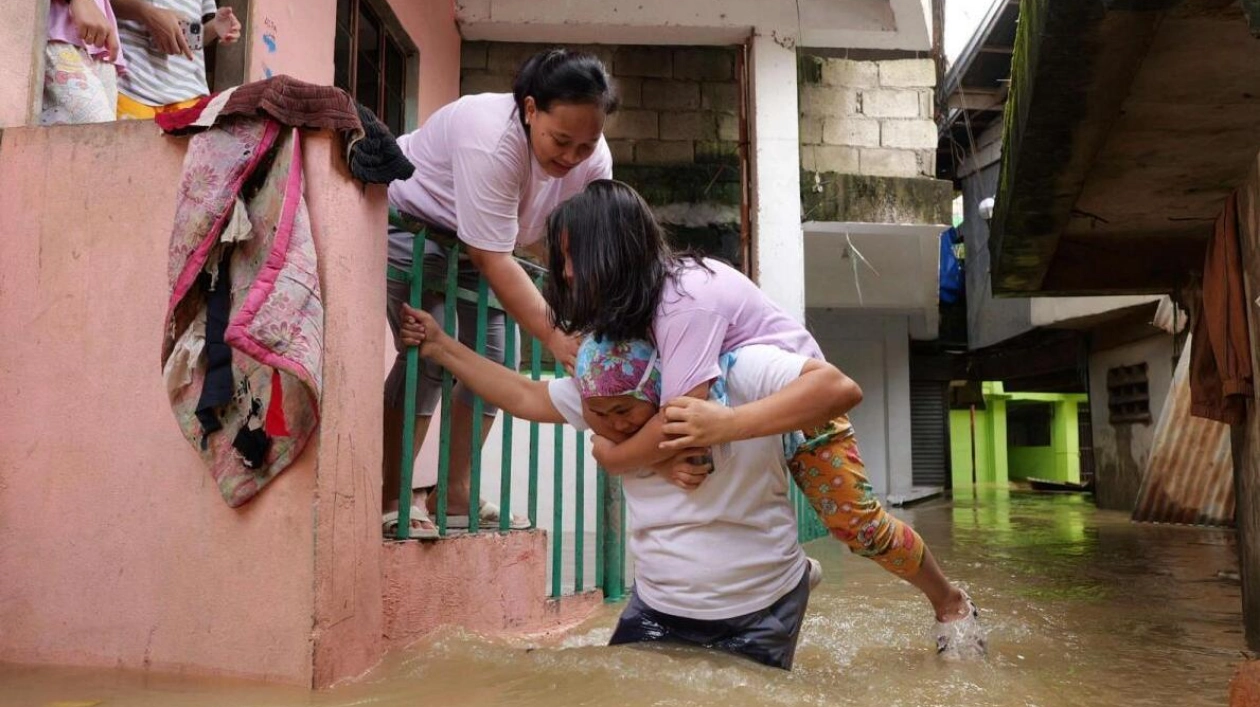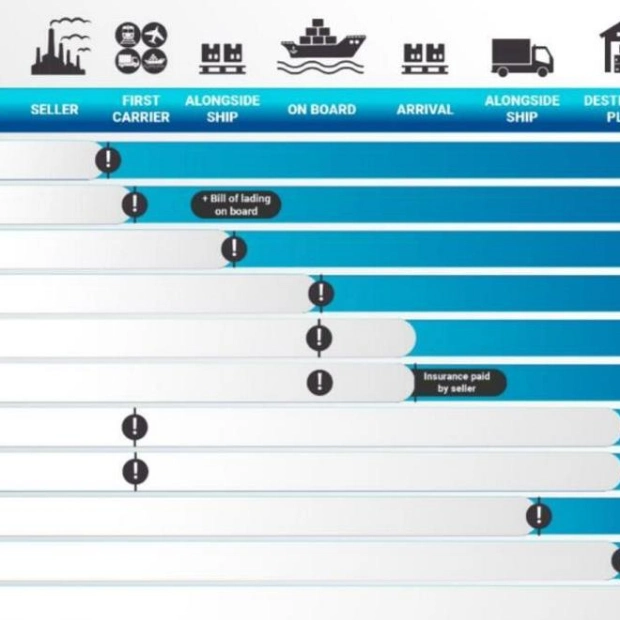Residents were forced to evacuate their flooded homes in Tuguegarao City, Cagayan province, on Monday, as a swollen river, caused by heavy rains induced by Super Typhoon Man-yi, inundated the area. — AFP
Floodwaters submerged hundreds of houses in the northern Philippines on Monday after water released from Magat Dam, following Typhoon Man-yi, caused a major river to breach its banks. With maximum sustained wind speeds of 185 kilometres an hour, Man-yi made landfall on Catanduanes island late Saturday and on the main island of Luzon on Sunday afternoon. The sixth major storm to hit the Philippines in a month, it brought heavy rain, damaged fragile buildings, disrupted power, and claimed at least eight lives. The national weather service had warned of a 'potentially catastrophic' impact from Man-yi, which was a super typhoon when it struck, but President Ferdinand Marcos stated on Monday that it 'wasn't as bad as we feared'. As cleanup efforts commenced on Monday, floods began affecting communities in the north after water from Magat Dam was released, causing the Cagayan river and some tributaries to overflow. Rooftops were visible above brown water in Ilagan city, Isabela province, while buildings and roads near Tuguegarao city, Cagayan province, were submerged.
'If Magat Dam continues to release water from all of its seven gates, Ilagan city might be erased from the map due to flooding,' said Jun Montereal, chairman of the city's disaster preparedness committee, estimating that 500 houses had been flooded. 'This is one of the gravest incidents we have ever experienced because of the typhoon.' Carlo Ablan, who oversees operations at the dam, explained that water was released due to a 'huge volume' of inflows from rain caused by Man-yi. 'If we don't release water, the worst scenario would be our dam collapsing, which would be a much bigger problem,' Ablan said.
An aerial view showed inundated houses in Tuguegarao City, Cagayan province, on Monday, after a river overflow caused by heavy rains induced by Super Typhoon Man-yi. — AFP
At least eight people were killed when Typhoon Man-yi struck the islands over the weekend, including a 79-year-old man who died in Camarines Norte after his motorbike was caught in a power line, according to police. Seven people died and three were injured when a landslide buried their house in Nueva Vizcaya province on Luzon, said Kristine Falcon of the provincial disaster agency. Power outages across the island province of Catanduanes could last for months after Man-yi toppled electricity poles, said provincial information officer Camille Gianan. 'Catanduanes has been heavily damaged by that typhoon — we need food packs, hygiene kits, and construction materials,' Gianan said. 'Most houses with light materials were flattened, while some concrete houses had their roofs, doors, and windows destroyed.' In the coastal town of Baler, Aurora province, cleanup operations were underway to remove fallen trees and debris blocking roads and waterways.
'Most of the houses here are made of light materials, so even before inspection, we expect heavy damage to many houses in town,' said disaster officer Neil Rojo. 'We've also received reports of roofs flying off with the wind last night... it was the fierce wind that scared us, not the heavy rains.' Man-yi weakened significantly as it crossed the mountains of Luzon and was downgraded to a severe tropical storm as it moved over the South China Sea towards Vietnam on Monday. More than a million people in the Philippines fled their homes ahead of the storm, which followed an unusual streak of violent weather. Climate change is intensifying storms, leading to heavier rains, flash floods, and stronger gusts. At least 171 people in the Philippines died in the past month's storms, which left thousands homeless and destroyed crops and livestock. About 20 big storms and typhoons hit the Southeast Asian nation or its surrounding waters each year, killing scores of people, but it is rare for multiple such weather events to occur in a short period. This month, four storms were clustered simultaneously in the Pacific basin, a first for November since records began in 1951, according to the Japan Meteorological Agency.
Source link: https://www.khaleejtimes.com






